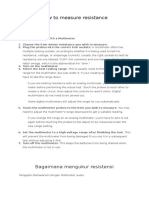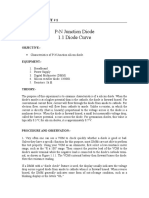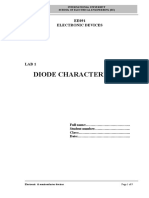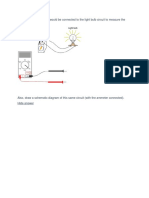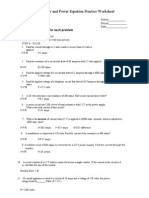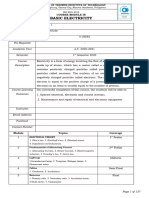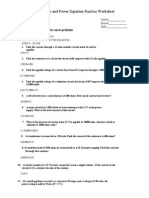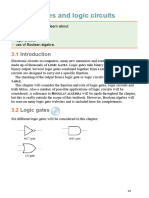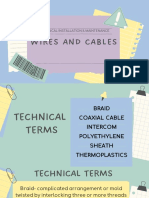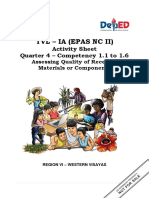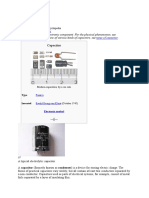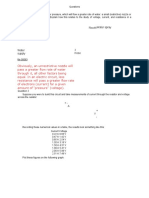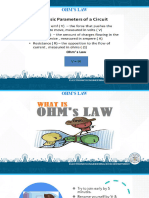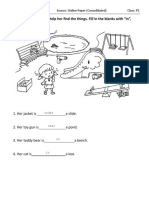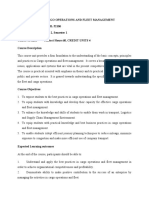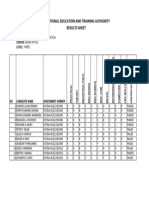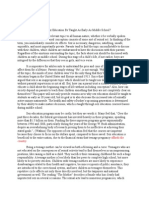0% found this document useful (0 votes)
236 views5 pagesDemo Lesson Plan
The document provides a detailed lesson plan about resistors. The objectives are for students to define a resistor, understand its importance, and make a circuit diagram with a resistor. Key points from the lesson include defining resistors as components that control current, discussing linear and non-linear resistors, and having students make a schematic diagram of a circuit with a resistor. Students are then evaluated on differentiating linear and non-linear resistors and given an assignment to research metal film resistors and resistor codes.
Uploaded by
Nathalie Jane Tabigne CincoCopyright
© © All Rights Reserved
We take content rights seriously. If you suspect this is your content, claim it here.
Available Formats
Download as DOCX, PDF, TXT or read online on Scribd
0% found this document useful (0 votes)
236 views5 pagesDemo Lesson Plan
The document provides a detailed lesson plan about resistors. The objectives are for students to define a resistor, understand its importance, and make a circuit diagram with a resistor. Key points from the lesson include defining resistors as components that control current, discussing linear and non-linear resistors, and having students make a schematic diagram of a circuit with a resistor. Students are then evaluated on differentiating linear and non-linear resistors and given an assignment to research metal film resistors and resistor codes.
Uploaded by
Nathalie Jane Tabigne CincoCopyright
© © All Rights Reserved
We take content rights seriously. If you suspect this is your content, claim it here.
Available Formats
Download as DOCX, PDF, TXT or read online on Scribd
/ 5





